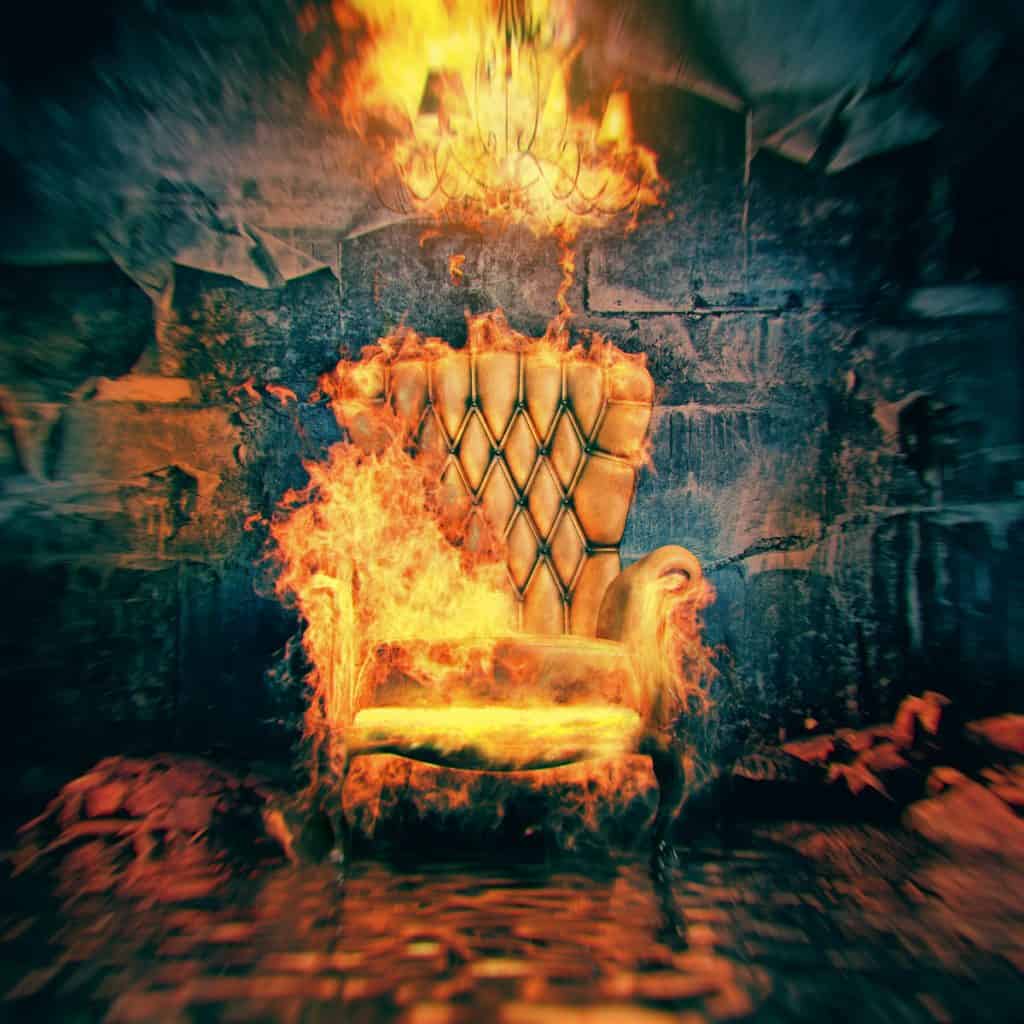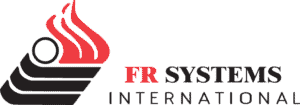Note: The following page contains information on Cal 133, short for, California Technical Bulletin 133. It is not intended to serve as policy. For more information on Cal 133, please view the link from the Bureau of Household Goods and Services.

Overview Cal 117 vs Cal 133
Cal 117, short for California Technical Bulletin 117, is the basic standard for upholstered furniture flammability in the United States and Canada. The new Cal 117 requires that certain upholsteries pass a smolder resistance test which is dramatically different than its previous 40-year-old open flame test. The new Cal 117 tests fabrics and/or filling materials as opposed to Cal 133 that is a full-scale chair test.
CAL 133 is a fire regulation that regulates contract upholstered furniture in commercial setting. More specifically, Cal 133 is the established flammability requirements for upholstered seating used in high risk public occupancies including hospitals, nursing homes jails, children’s day care centers, public auditoriums and stadiums, and assembly areas. Unlike Cal 117, Call 133 is a full-scale open flame composite fire test.
Why is Cal 133 deemed too severe?
Cal 133 has been criticized by the industry for being too difficult. An article of furniture is placed in a test room and ignited with a gas burner for 80 seconds. Various measurements of temperature, smoke, carbon monoxide, heat generation, weight loss and other factors are taken. The measurements are then compared with test criteria developed by the bureau, which establish compliance or non-compliance.
The challenge to all furniture manufacturers is that mathematically there are millions of combinations of fabrics, foams, and frames that can be used to create each chair, sofa, bench, stool and ottoman. The costs of preparing and shipping the test sample to the lab coupled with the $500 – $600 testing fees make Cal 133 and expensive proposition.
Insight
Since 1990, FR Systems International has been producing FR barrier materials that help upholstered Furniture manufactures comply with this challenging open flame test. As a full-scale composite chair test Cal 133 success is determined by the individual components that make the chair and the chair’s design. Subsequently, FR Systems is not just a supplier but rather a consultant. Things to consider;
- Most manufactures do not test every chair but rather create a matrix and test worst case scenarios as the foundation or the matrix.
- Some Synthetic Upholstery fabrics will not work in this environment because of their inherent flammable nature.
- With the new Call 117, it is more challenging because upholstery components no longer contain fire retardant additives. Put differently, the rules have changed the foams and upholstery fabrics are now more flammable.
- Just a fire barrier is not always enough, the introduction of specialty FR Fibres and the modification of existing chair designs may have to occur.
- There are green FR barriers that are Prop 65 and do not contain fire retardant additives.
- Exposed plastic is usually a problem.
- Special law labels are required for Cal 133.
For more information on Cal 133, view the guidelines from the California Bureau of Electronic and Appliance Repair, Home Furnishings and Thermal Insulation: https://bhgs.dca.ca.gov/industry/bulletin.shtml
